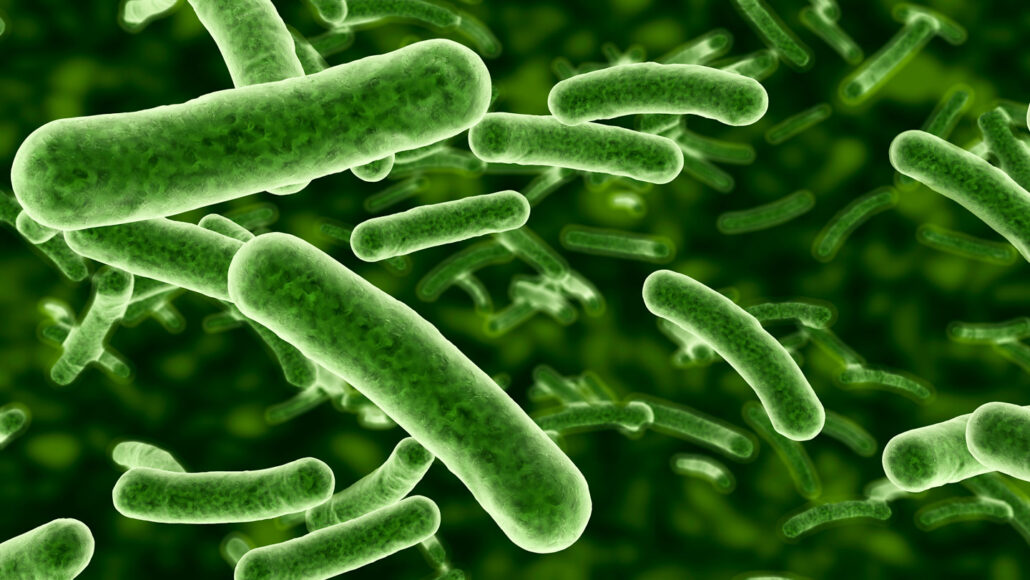Questions for ‘Genes point to how some bacteria can gobble up electricity’

Researchers say bacteria, such as the rod-like microbes seen here, offer an appealing way to make new kinds of fuels.
Raycat/E+/Getty Images Plus
To accompany ‘Genes point to how some bacteria can gobble up electricity’
SCIENCE
Before Reading:
- Take a guess: What might electricity be made of? Imagine a thunderstorm. How does a thunderstorm give you the chance to see electricity?
- The crystal jellyfish has a unique ability. Under certain lights, this jellyfish glows. Scientists discovered this is due to a special luminescent molecule called the “green fluorescent protein,” or simply GFP. Most jellyfish can’t make GFP. Their bodies lack the necessary instructions. What molecule stores genetic information in living things? If you have access to the internet, check your answer with a quick search. How might this molecule explain why crystal jellies can make GFP, but most jellyfish cannot?
During Reading:
- What ability does this article describe as the Shewanella oneidensis bacteria’s “superpower”?
- What are electrons? What can these bacteria do with electrons that most bacteria cannot? What aspect of these bacteria does Annette Rowe compare to a “wire”?
- What was on Buz Barstow’s list?
- Rowe and her team tested groups of bacteria. What was different about these bacterial groups? What was her team’s goal?
- The team grew its bacteria on glass plates covered by a thin metal film. How did they test these bacteria for electron flow? If the test results showed that electrons did not flow through a particular bacteria sample, what conclusions did the scientists make about that bacteria?
- What is a possible use for “electric microbes”?
- What does it mean to “fix” carbon?
- According to Elad Noor, why is working with living organisms complicated?
After Reading:
- List five different fields of science or technology that use electricity. (Hint: There’s a lot!) For example, you may list robotics, biotechnology, etc. Consider how electric microbes could be used in those fields. Choose one from your list to explore further. Circle your chosen field. Then, in three sentences, describe a possible use for electric microbes within that field.
- Green fluorescent protein, or GFP, originally came from luminescent jellyfish. But once scientists identified the gene that codes for GFP, they used that gene to bioengineer other living things to sometimes glow green. Scientists even made plants, bacteria and a cat that glow! So if scientists can move the GFP gene from one species to another, what does that suggest about the potential ability of moving electric-microbe genes from one species to another? Imagine you are a future scientist. What types of plants or animals might you bioengineer with such a technology?